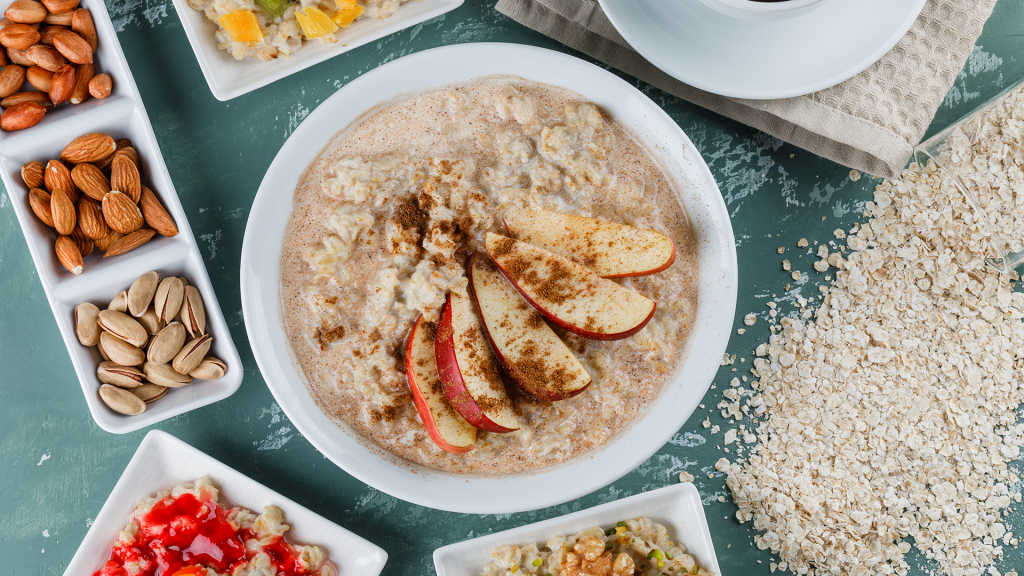Catabolism and anabolism are two essential processes that work together to maintain life.
While catabolism breaks down complex molecules to release energy, anabolism uses that energy to build complex molecules.
The balance between these two processes is critical for maintaining a healthy metabolism, and understanding the basics can help you make informed decisions about your diet and exercise to achieve this balance.
Catabolism:
Catabolism is the process of breaking down complex molecules, such as carbohydrates, proteins, and fats, into simpler ones, such as glucose, amino acids, and fatty acids.
This process releases energy, which is used to fuel the body’s metabolic activities, such as movement, growth, and repair.
The breakdown of glucose, for example, involves a series of chemical reactions that release energy in the form of ATP (adenosine triphosphate), which is used to power cellular processes.
It is essential for the survival of living organisms, as it provides the energy needed to carry out various functions.
Anabolism
Anabolism is the process of building complex molecules, such as proteins, carbohydrates, and fats, from simpler ones, such as amino acids, glucose, and fatty acids.
This process requires energy, which is provided by ATP (Adenosine triphosphate, which is a molecule that carries energy within cells and is produced during catabolism).
It is essential for the growth and repair of cells and tissues.
For example, the body uses amino acids to build proteins, which are necessary for muscle growth and repair.
Also plays a role in storing energy in the form of glycogen and fat for future use.
The importance of Catabolism and Anabolism:
Both catabolism and anabolism are essential for maintaining life.
The energy released during catabolism fuels the metabolic activities of the body, while anabolism provides the raw materials needed for growth and repair.
It’s essential to have a balance between these two processes is critical for maintaining a healthy metabolism.
When catabolism exceeds anabolism, the body breaks down more molecules than it synthesizes, leading to weight loss and loss of muscle mass.
On the other hand, when anabolism exceeds catabolism, the body synthesizes more molecules than it breaks down, leading to weight gain and an increase in body fat.

Which is more important Catabolism or Anabolism?
Both are two important processes that work together to maintain life.
Catabolism breaks down complex molecules to release energy, while anabolism uses that energy to build complex molecules.
Examples of Catabolism and Anabolism
To better understand the concepts of catabolism and anabolism, let’s look at some examples:
Catabolism
- The breakdown of glucose during cellular respiration releases energy.
- The breakdown of muscle tissue during exercise provides energy for movement.
- The breakdown of fat cells during fasting or calorie restriction provides energy for the body.
Anabolism
- The synthesis of new muscle tissue after exercise to repair and grow muscles.
- The synthesis of new bone tissue during growth and development.
- The synthesis of new red blood cells to replace old ones.
Factors Affecting Catabolism and Anabolism
Diet and Physical Activity
The type and amount of nutrients you consume can affect your metabolism. A diet high in protein can promote anabolism, while a low-calorie diet or fasting can increase catabolism.
Exercise can also affect the balance between catabolism and anabolism.
Resistance training, for example, can promote anabolism by stimulating muscle growth and repair, while cardio exercise can increase catabolism by burning calories and fat stores.
Hormones
Hormones such as insulin, growth hormone, and cortisol play a role in regulating catabolism and anabolism. Insulin promotes anabolism, while cortisol promotes catabolism.
Both are two essential processes that work together to maintain life.
Go check out our recent blog post “The Secrets of Your Metabolism” to kick your metabolism and burn more calories throughout the day!
Resources:




